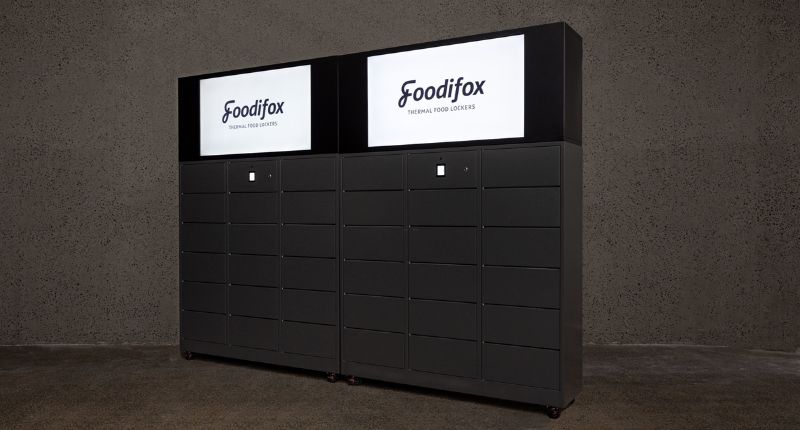
- Online food delivery surges in popularity with over 7 million Australians embracing apps.
- High-rise residents have reported issues with food deliveries, including cold or damaged food, and signficiant delays.
- Thermal lockers may help, catering to the post-pandemic market growth.
Online food delivery has become a staple in the daily lives of Australians. Third-party online delivery platforms swelled in popularity in the pandemic’s wake, where most could not leave their houses to visit restaurants.
Over 7 million Australians were estimated to use delivery services in 2022, according to Roy Morgan, almost triple the number of users in early 2020. About 7,000 food orders are made hourly nationwide.
Apps like Ubereats, DoorDash and Hungry Panda allow users to have foods from a wide array of restaurants and cuisines speedily delivered to their doorstep, all from the convenience of their couch.
However, delivery experience may vary depending on where you live.
Cold food and long delays for apartments
Research from thermal food locker company, Foodifox, found that many Australians living in high-rise buildings reported unsatisfactory online food delivery experiences.
Around 40% of the 1,000 surveyed individuals living in high-rise apartments indicated having received cold or damaged food. Just over half (53%) experienced significant delays in their delivery, and 37% said that they had to collect their deliveries on the street as their drivers were unwilling to go to their doorstep.
Additionally, 25% of the survey respondents said they were less likely to order food from their high-rise building because the ordeal became too much of a hassle.
Among the challenges of delivery are how some high-rise building managements have confusing rules regarding delivery access, with some banning food deliveries altogether.
Heated food lockers
Foodifox believes that it holds the solution to the headaches that high-rise dwellers face with its heated food lockers. Already a staple in China and Japan, over 30 high-tech food lockers have popped up across Melbourne building foyers.

“We know the best food delivery must be hot, fresh, and convenient, but sometimes the value of meal delivery services is lost due to logistical challenges. To ensure the last-mile element of these deliveries isn’t a pain point for all parties, we want to ensure food delivery is convenient for both the consumer and delivery partner,” said Foodifox chief strategy officer and co-founder, Tim Pagram.
Food delivery services like Hungry Panda and Fantuan have already begun using Foodifox lockers, which are provided free of charge to building managers.
Delivery partners have no qualms about paying for the services to optimise the speediness of their services and steer clear of complex building regulations and restrictions.
“As the trend of smart lockers gains momentum globally, particularly in thriving Asian markets, we’re excited to be collaborating with Foodifox and introducing thermal food lockers to Australia,” said Hungry Panda CEO and founder, Kelu Liu.
The technology
Foodifox lockers are large enough to hold standard delivery bags and keep food warm for up to three hours.
Popular in high-volume student accommodation buildings and corporate locations across Melbourne, Foodifox’s thermal locker solution hopes to capitalise on the post-pandemic explosion in popularity that food delivery services have been experiencing; by 2027, the food delivery market is expected to surge 12.675%, with an estimated market volume of US$1.65 trillion.

Rather than leaving their apartment complexes to find their driver on the street, high-rise dwellers can collect their heated food from the lockers at their chosen time.
“Delivery to my apartment is a constant challenge for delivery drivers. It’s not the easiest for them to navigate through the complex to my door, which has led to slow delivery times and hassle – for both of us,” said Zach Edwards, a resident of a high-rise apartment complex in Abbotsford, Melbourne.
“There was one time a driver got tired of trying to find my door and wanted me to come downstairs to meet them. But as I was heading downstairs, he got tired of waiting and just left my food bags on the side of the street – not even close to the main entrance of the building.”




